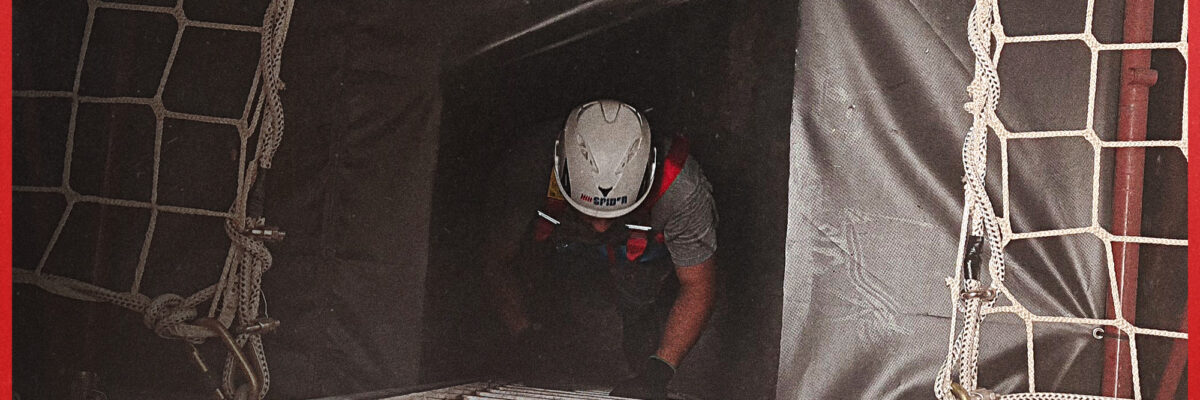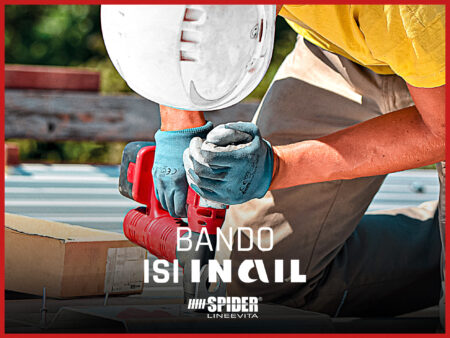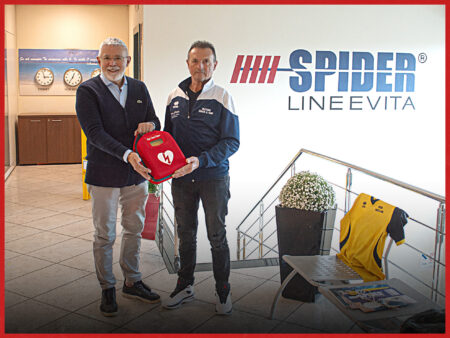
It may happen that during work in a confined environment one of the workers may suffer a malaise or a sudden collapse.
How do you behave in these cases?
It is not easy, those who find him must take into account that his own life is in danger if he enters the environment to help him.
Legislative Decree 81/2008 establishes a procedure for the management of emergencies that we report below:
The management of the emergency involves the control of three fundamental phases:
2) Recovery phase The persons who carry out the rescue must wear PPE appropriate to the type of intervention; it is essential to be equipped with respirators independent of the surrounding air or emergency self-contained breathing apparatus. If it is impossible to extract the worker from the confined environment, it is necessary to let him breathe clean air taken from outside the room. Particular attention should be paid to vertical manholes because in the rescue phases it can be difficult to “extract” a non-cooperating person; therefore the harness methods must avoid the tilting of the body and guarantee the extraction in a vertical position of the injured operator.
3) Transport phase Once the injured person has been extracted from the confined environment, he is transported with the use of the appropriate means of handling. While waiting for help, in extreme cases of cessation of vital functions, it may be necessary to resort to cardiorespiratory resuscitation by people trained with a special training course on First Aid, designated by the employer in accordance with current regulations.
Font D.lgs 81/2008
 Agevolazioni
Agevolazioni  Events
Events